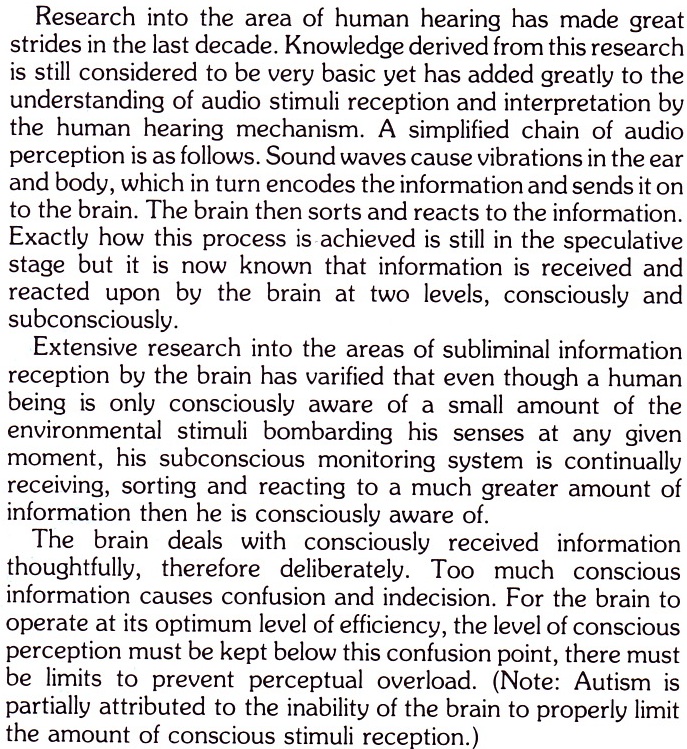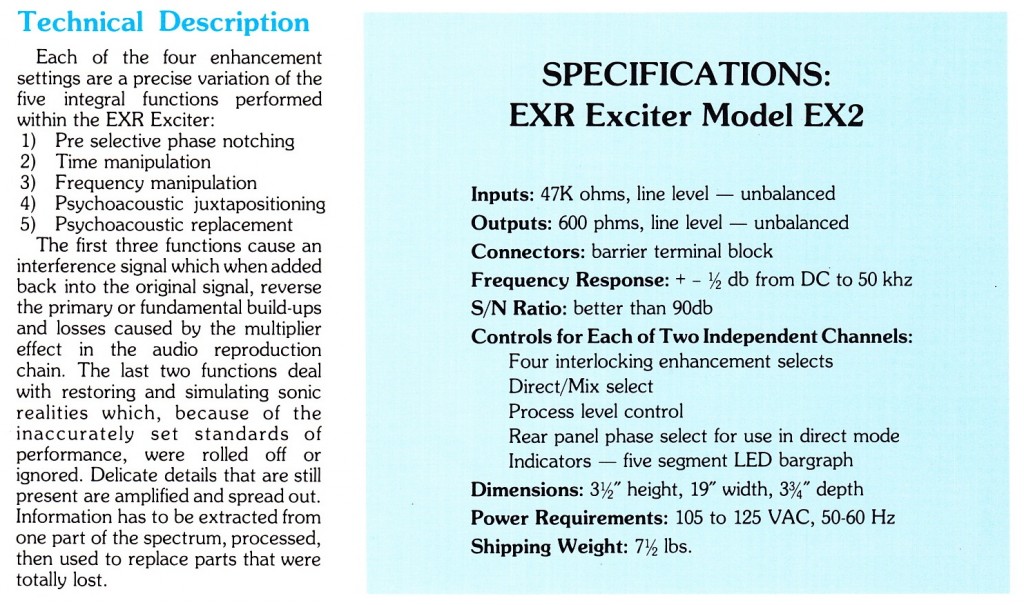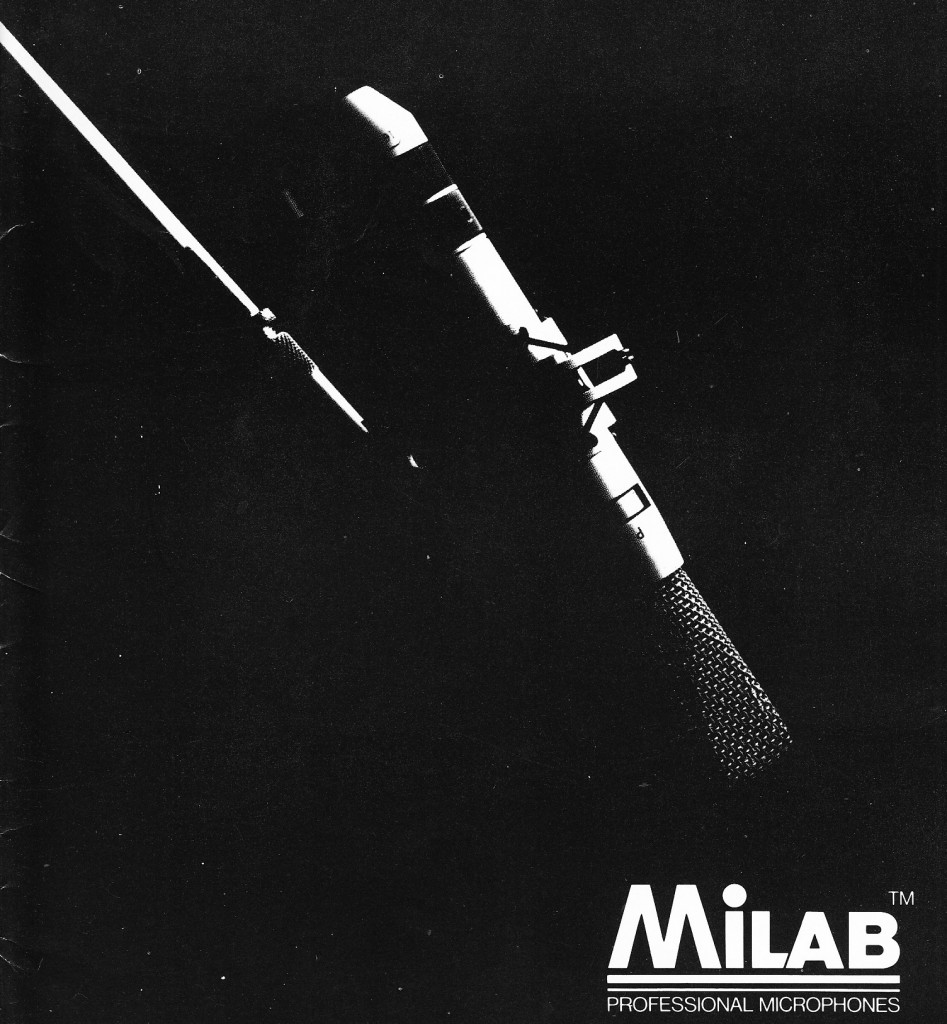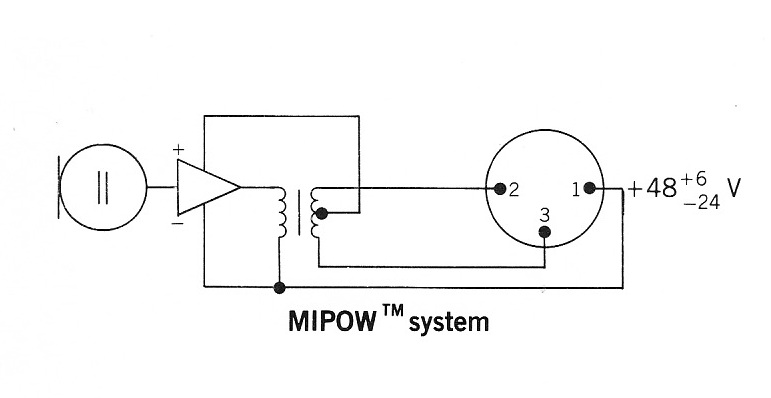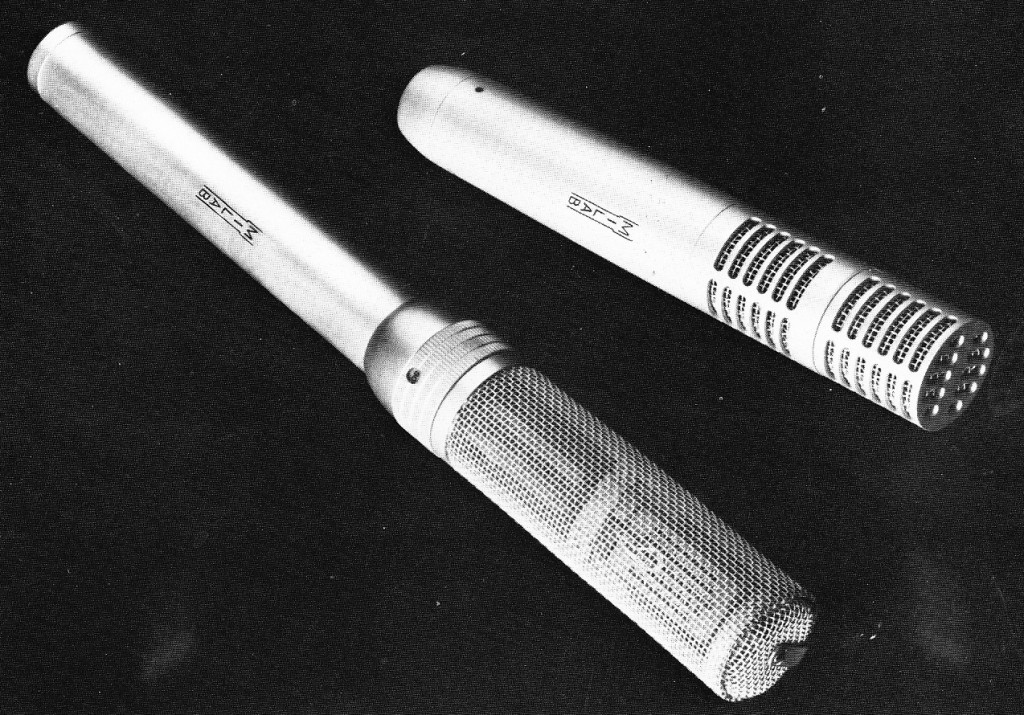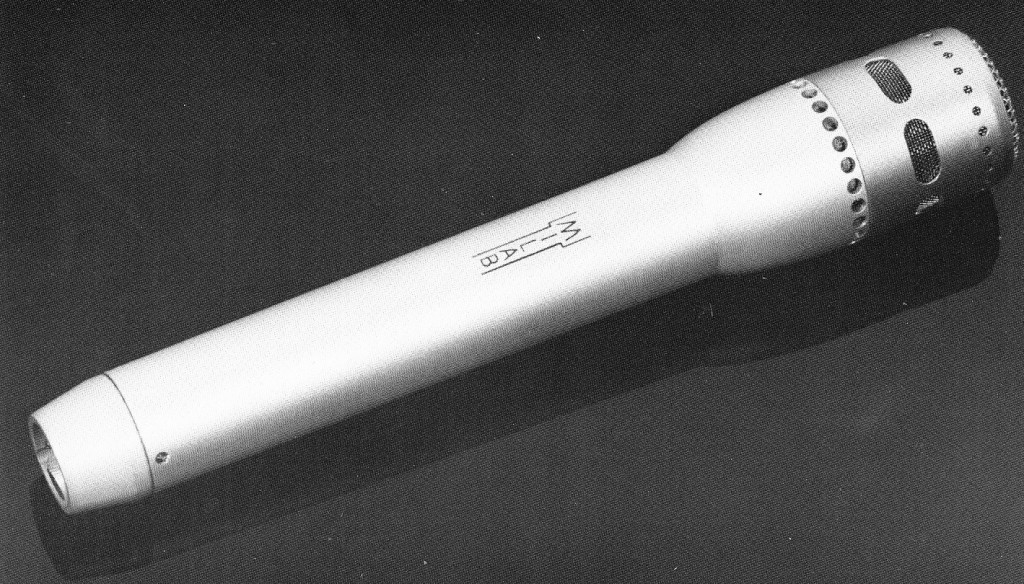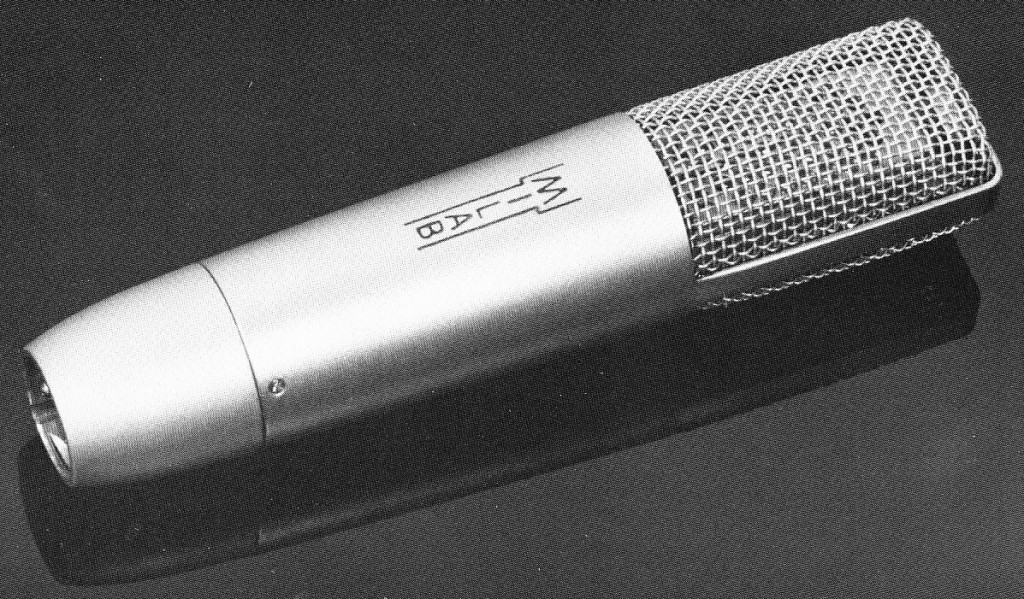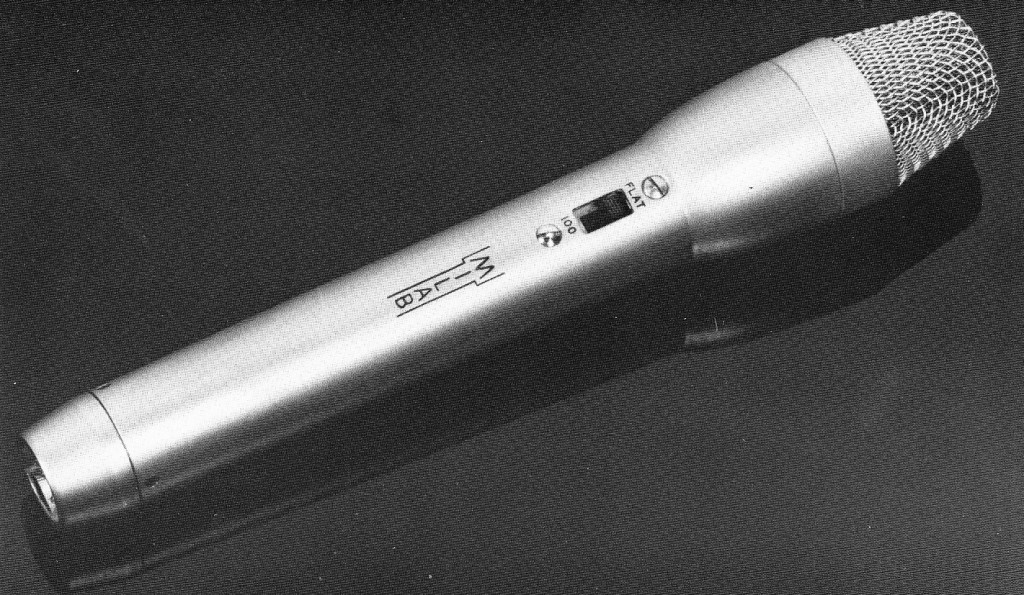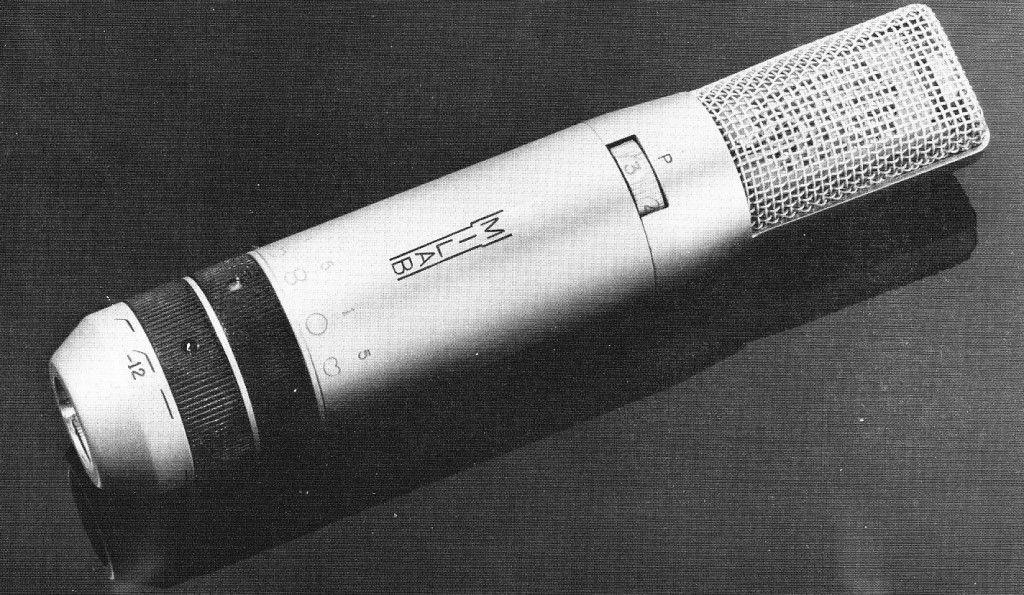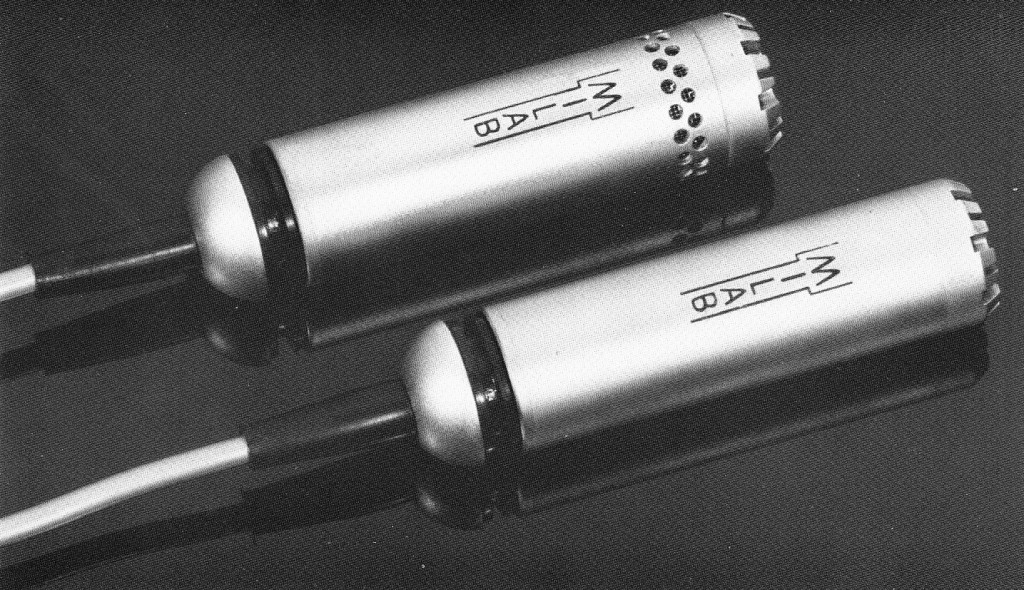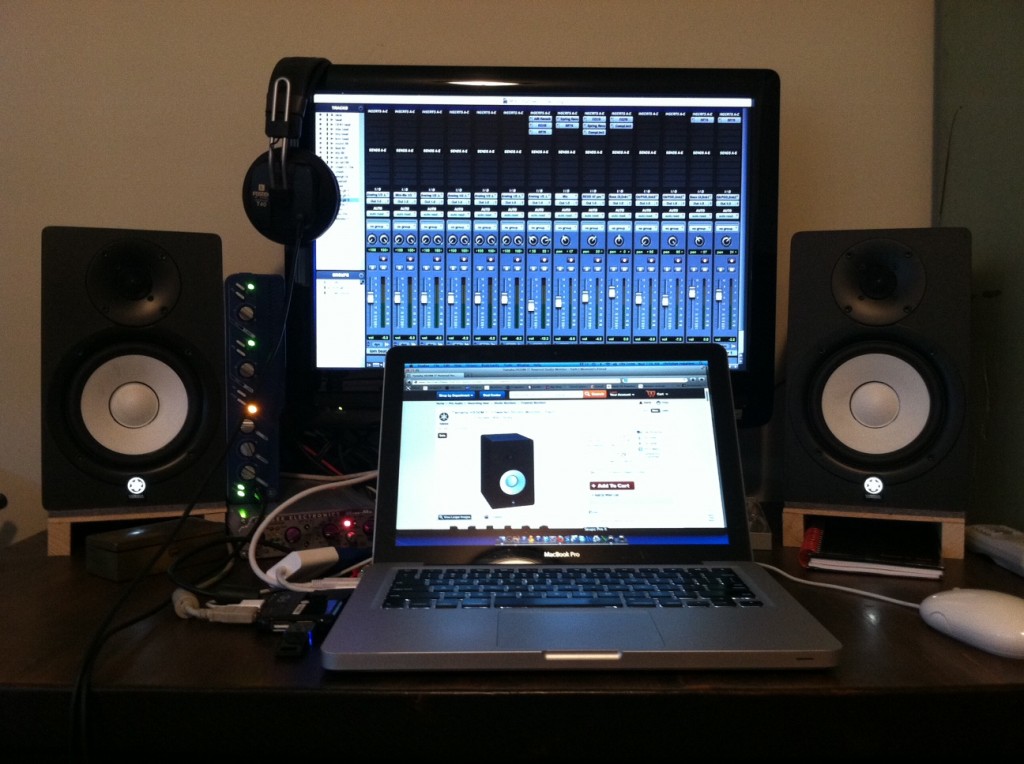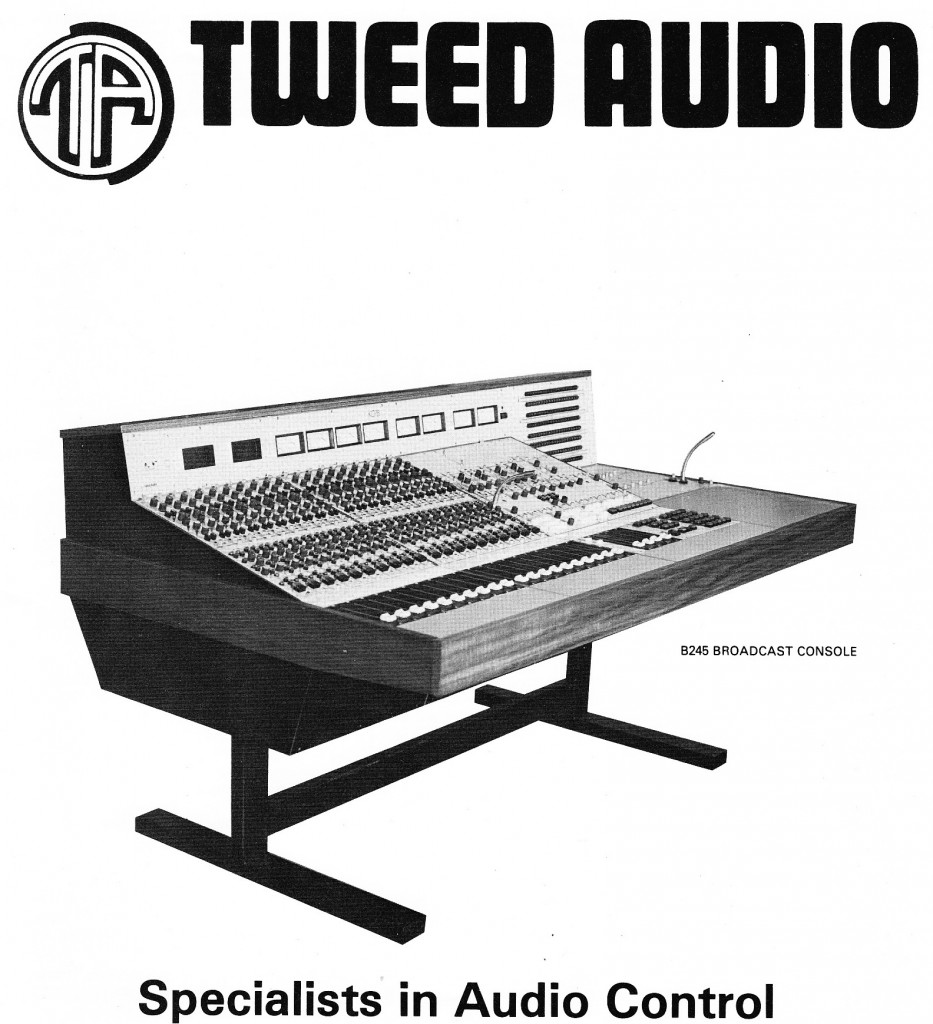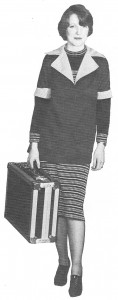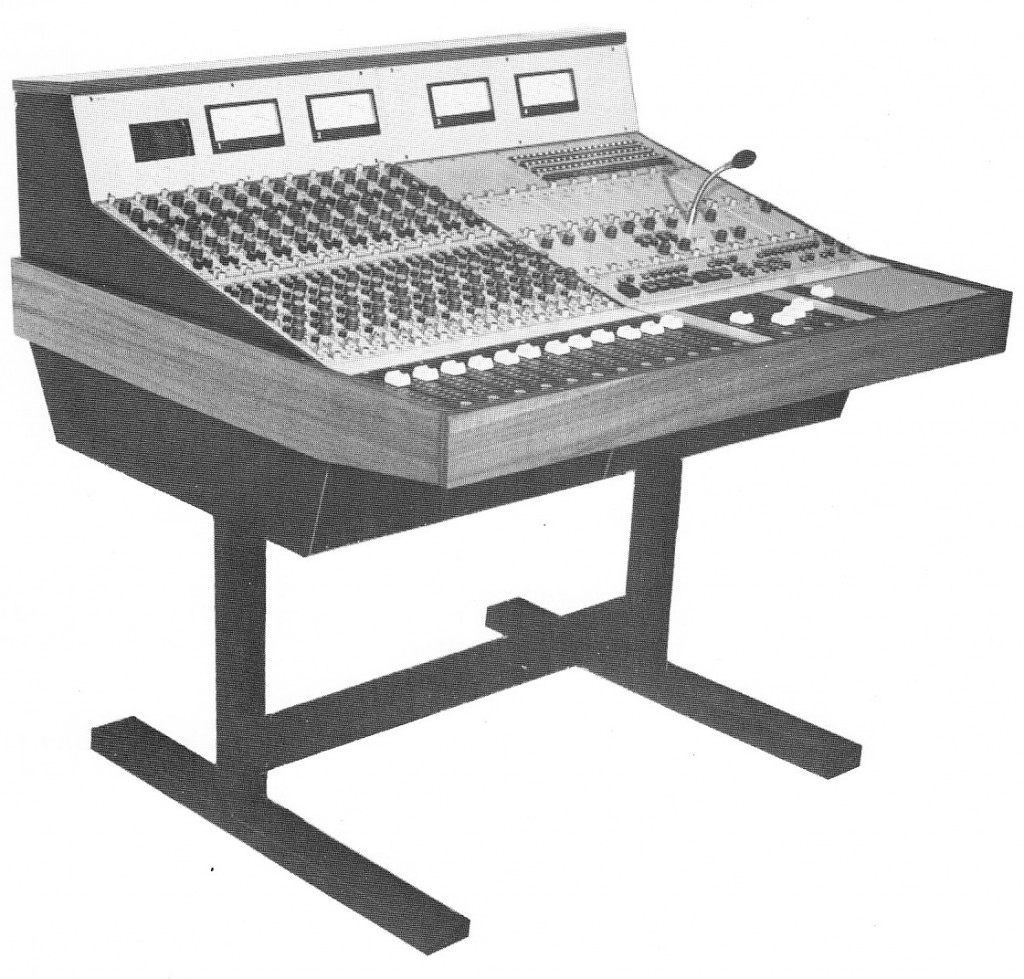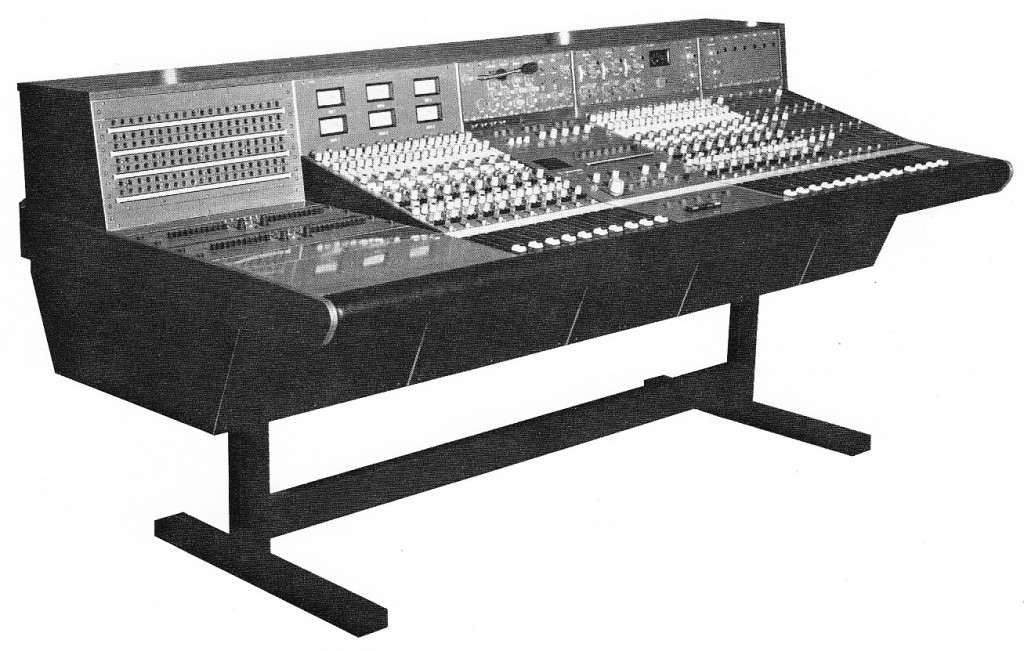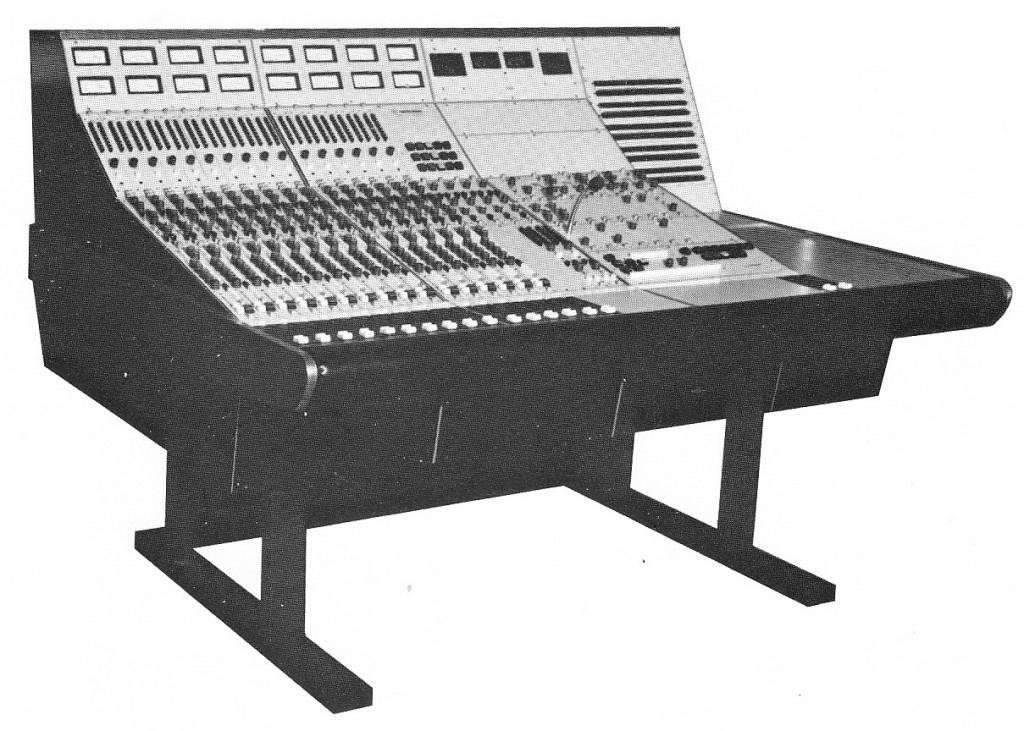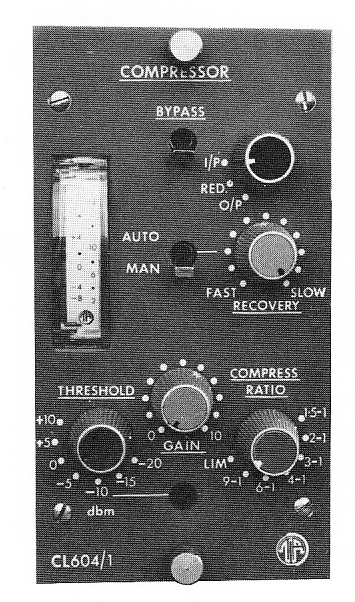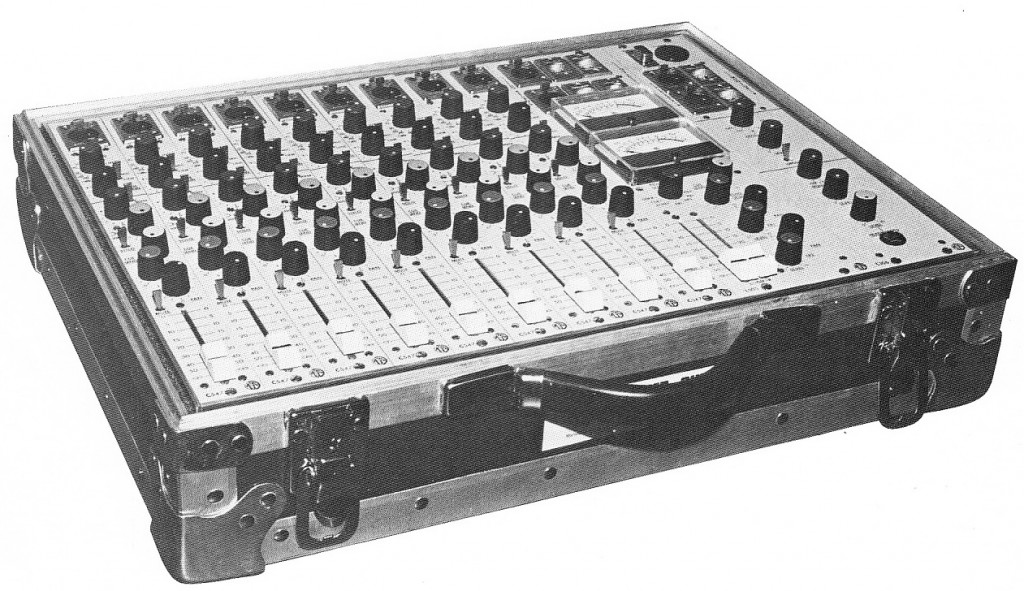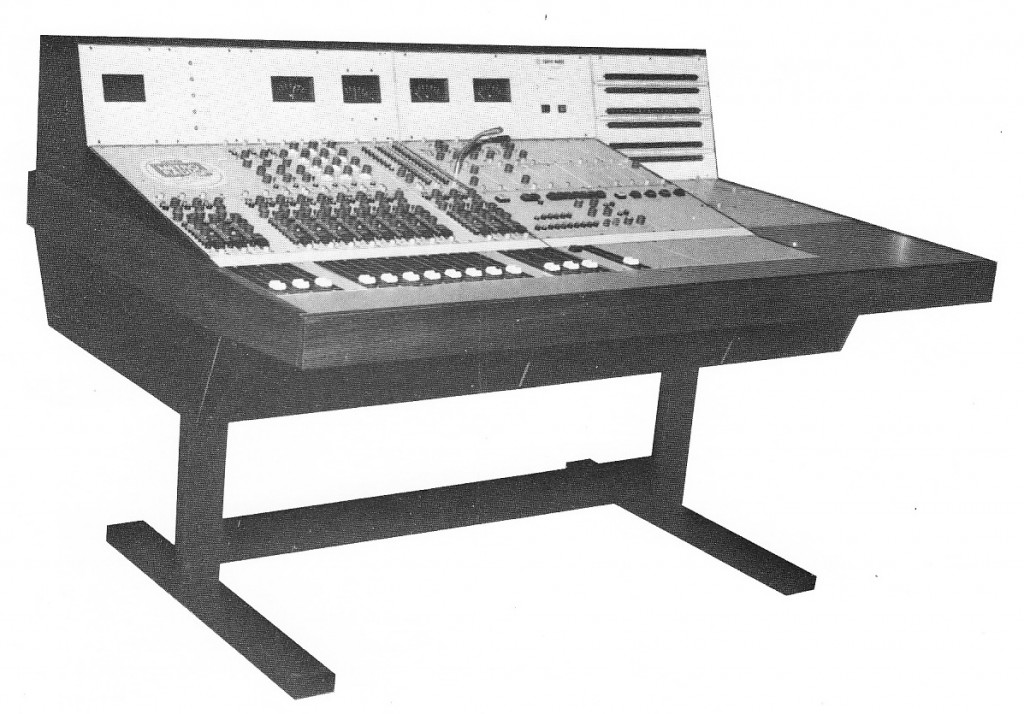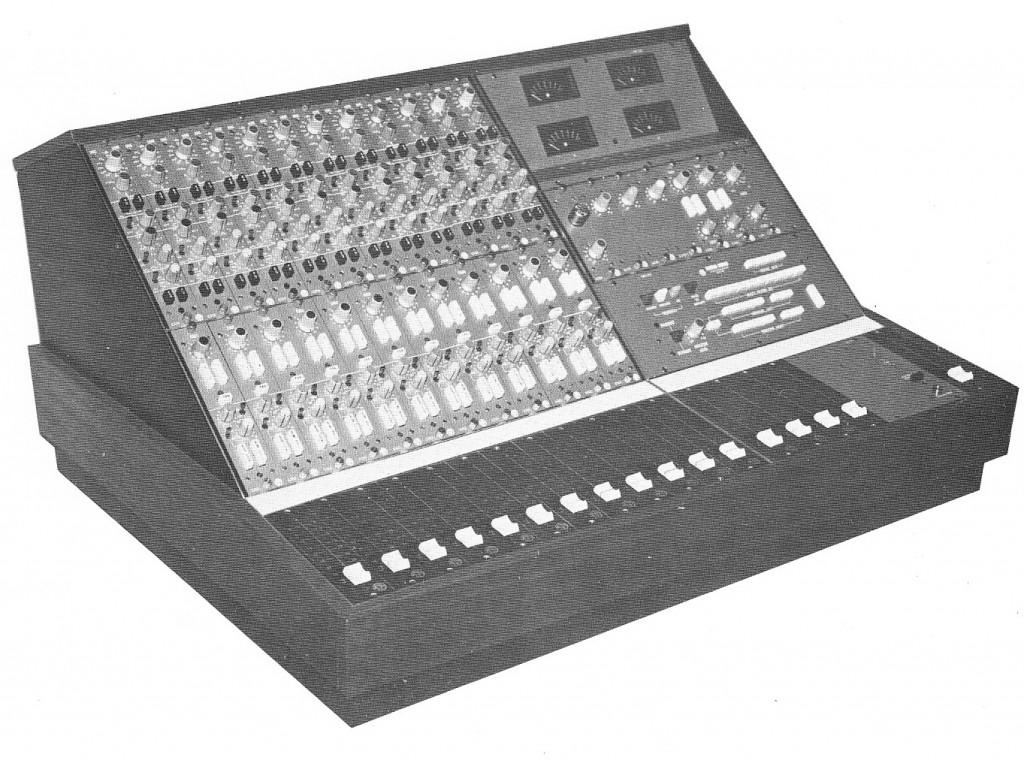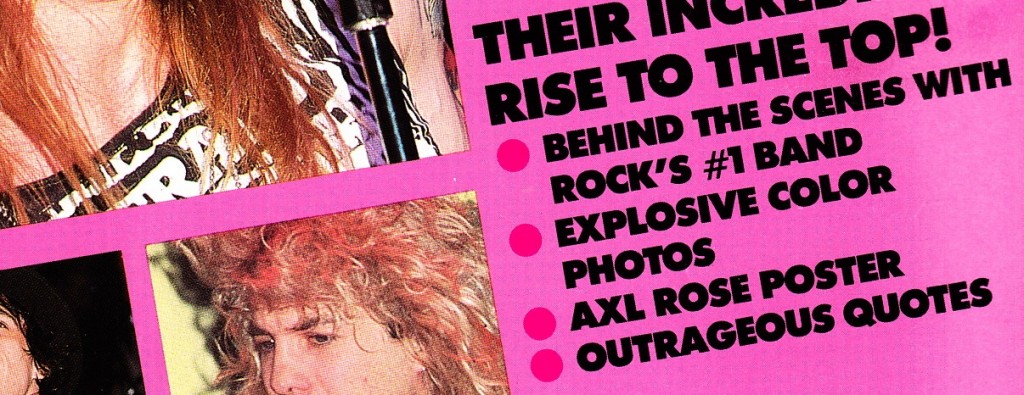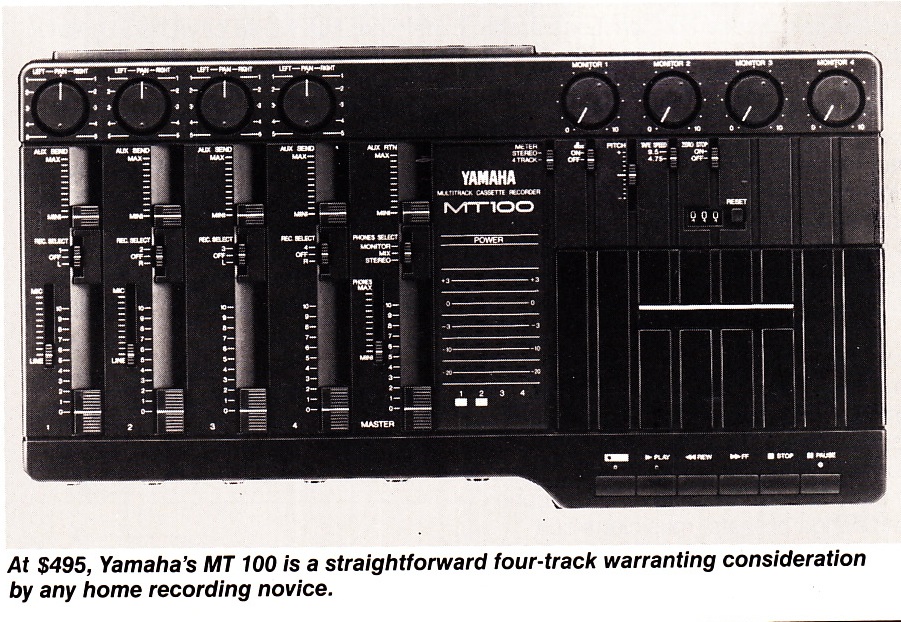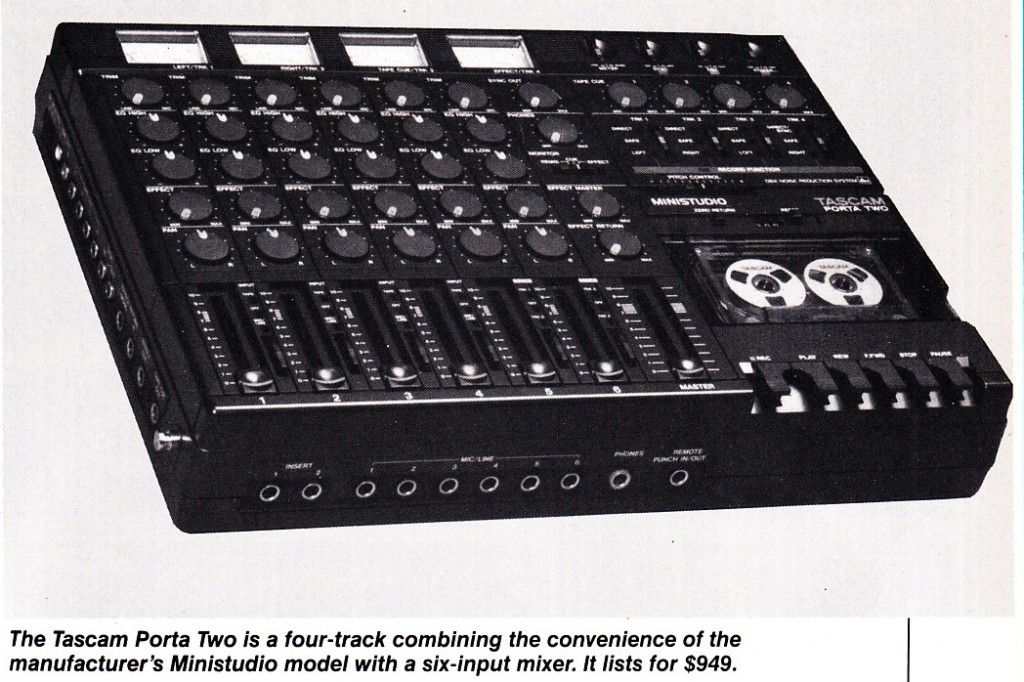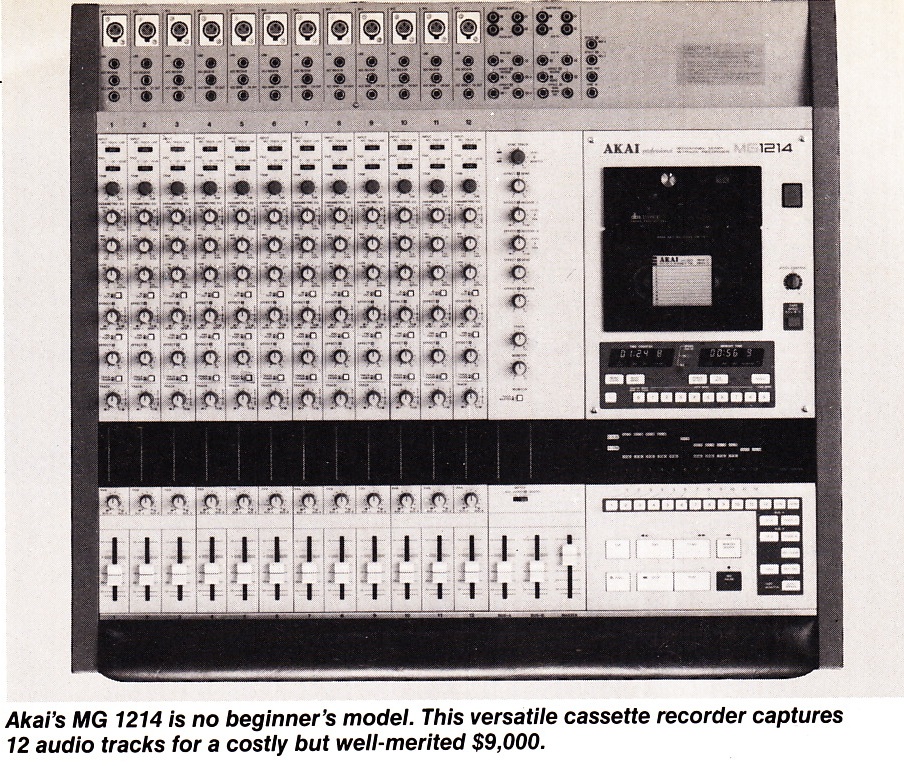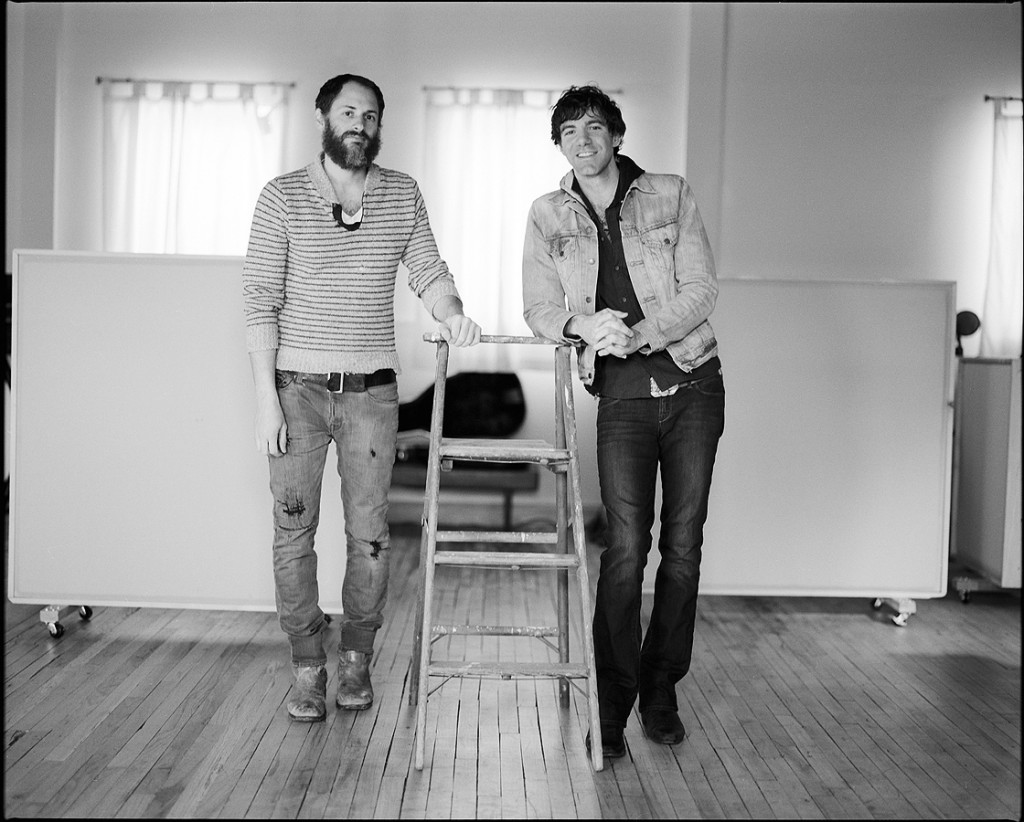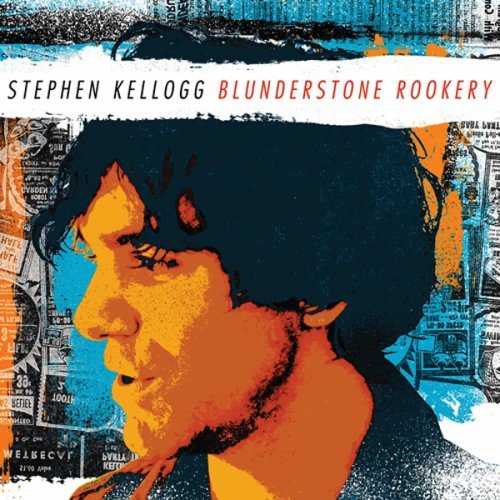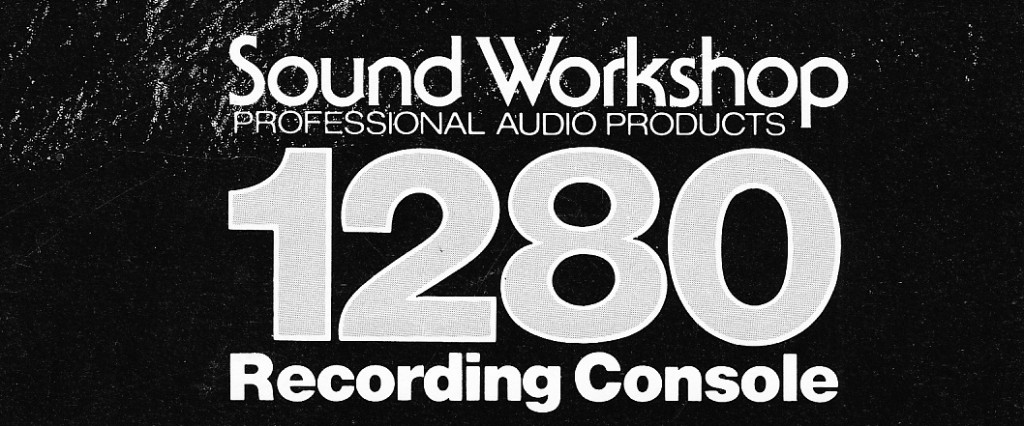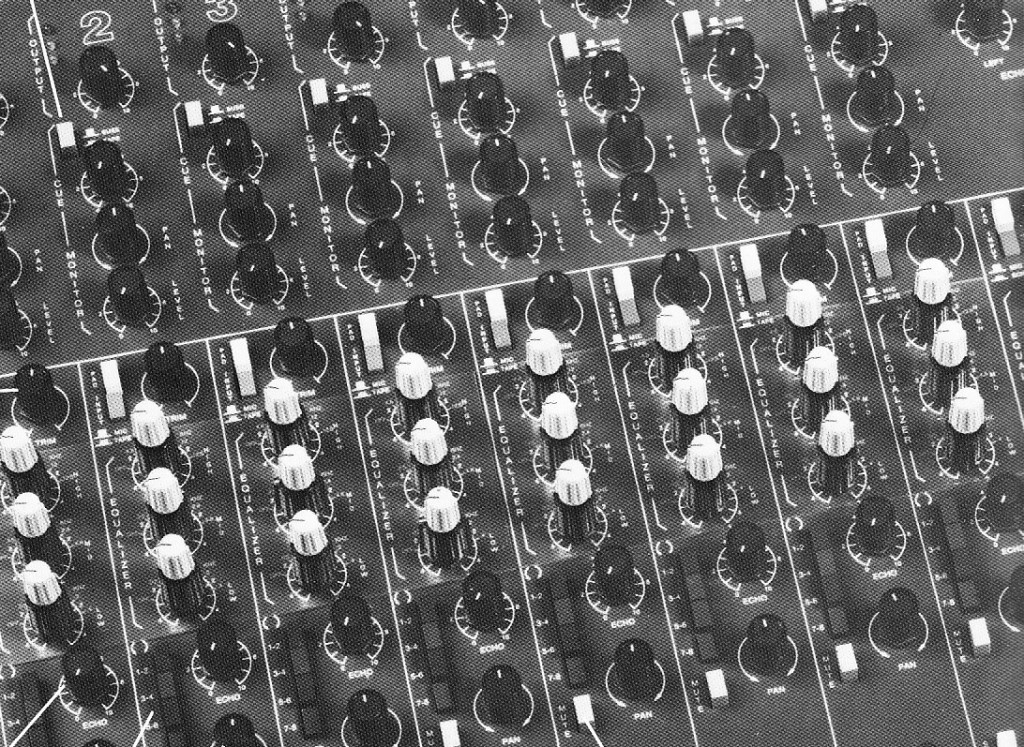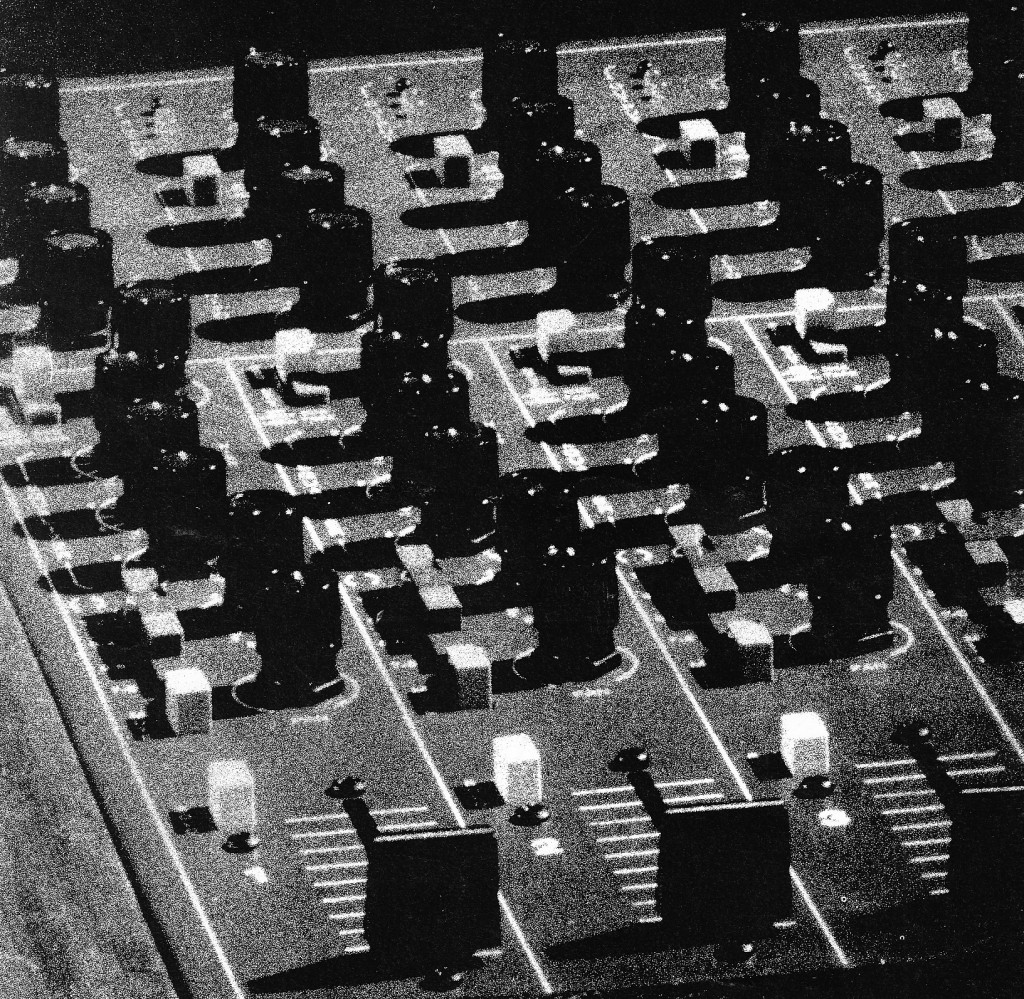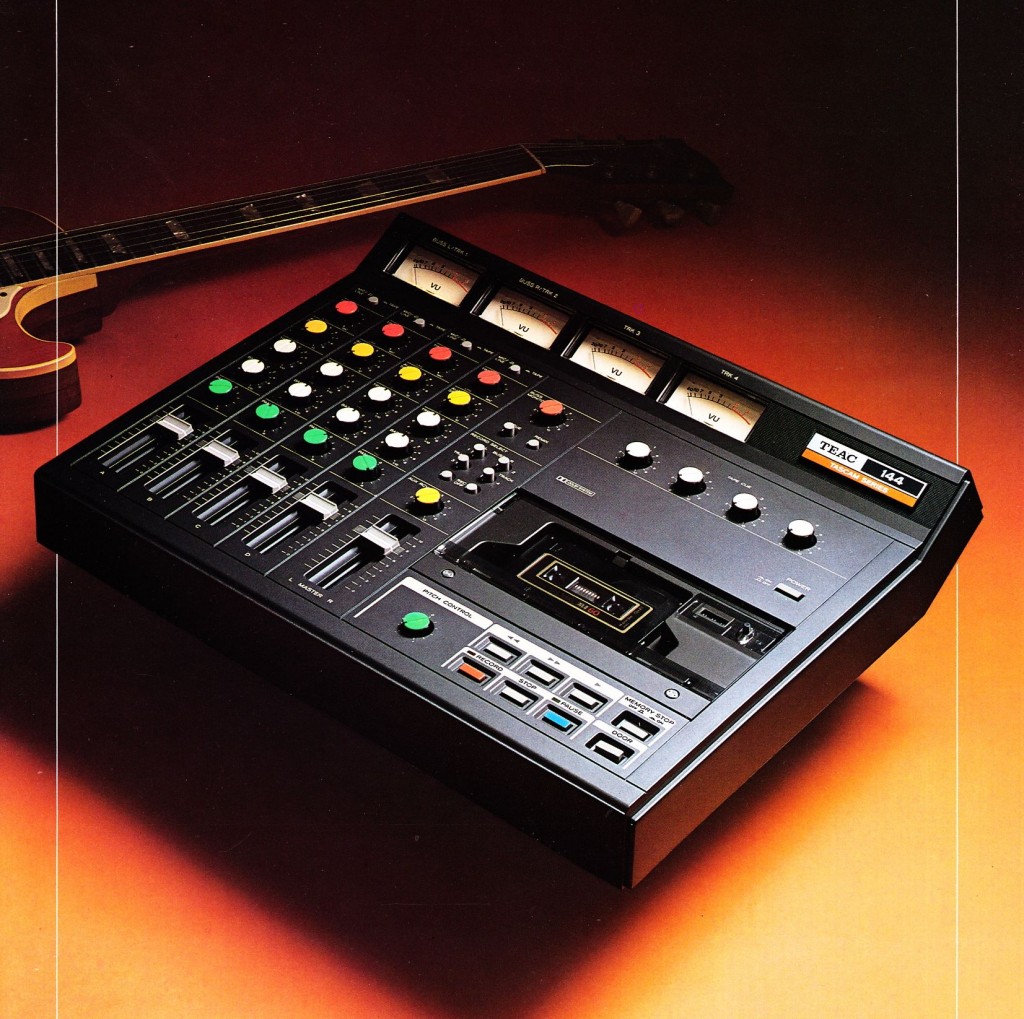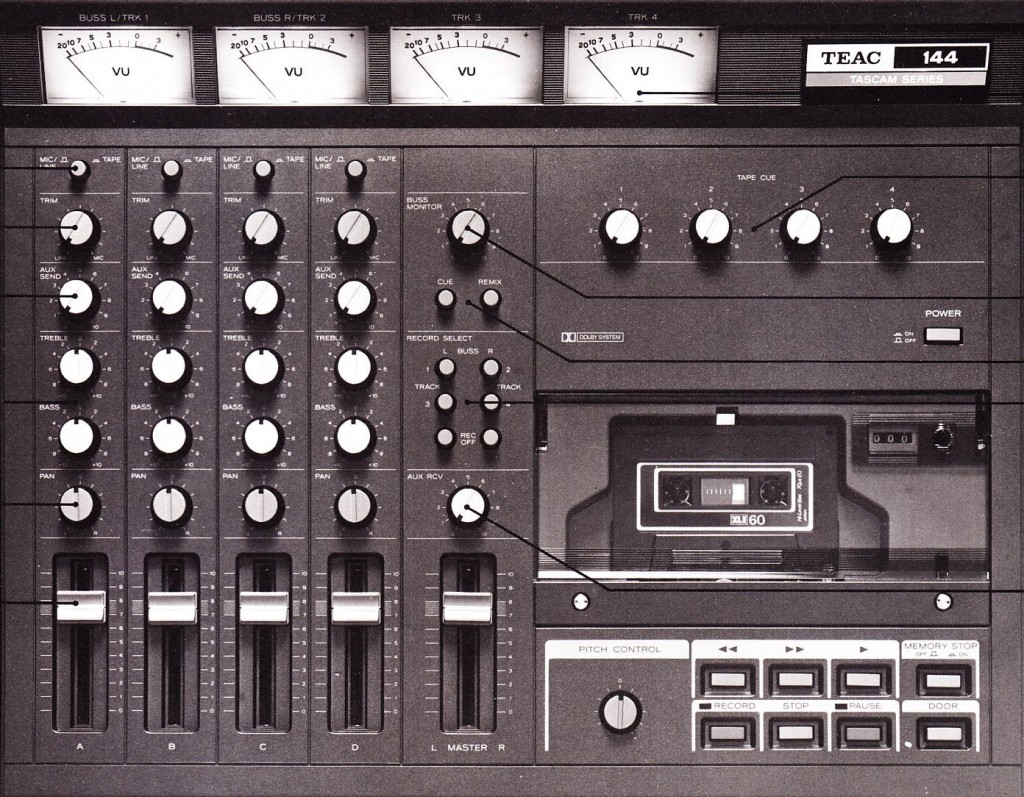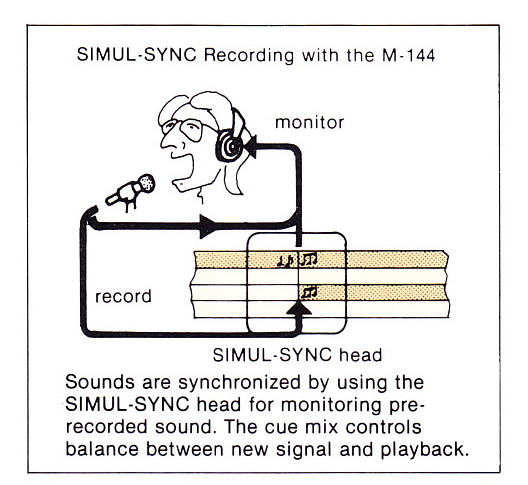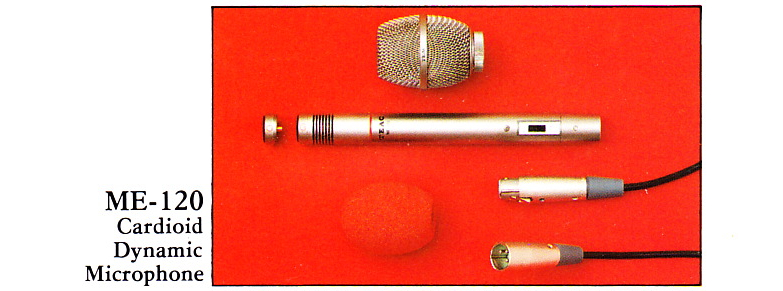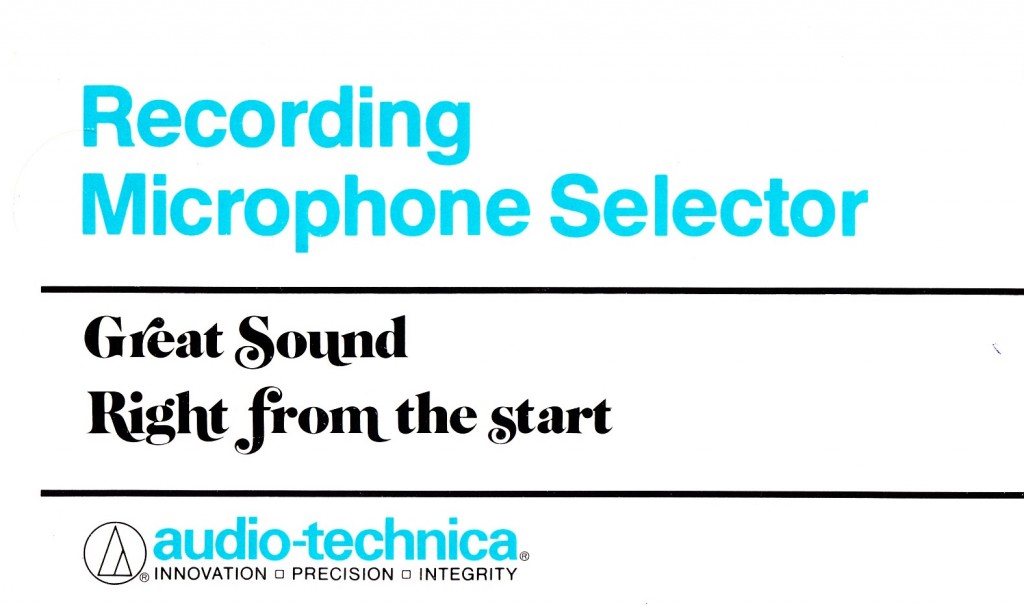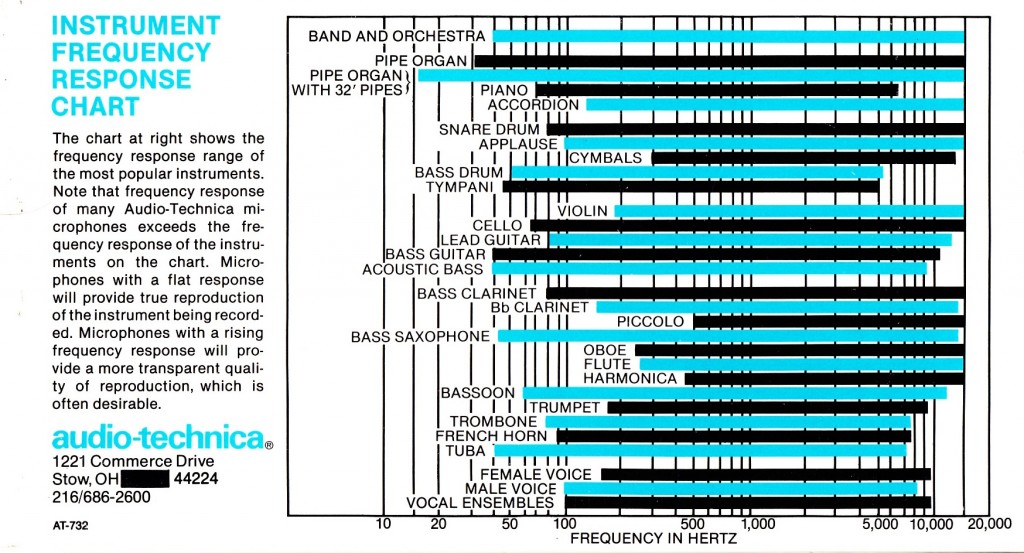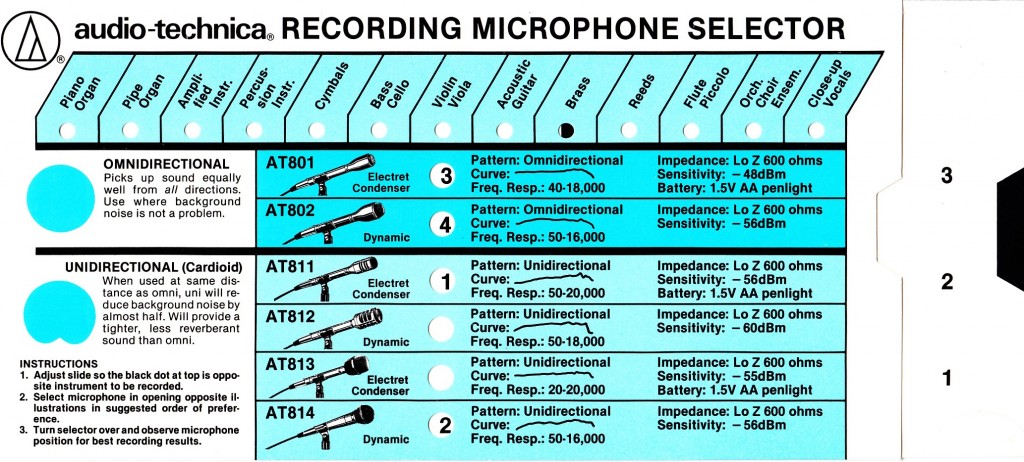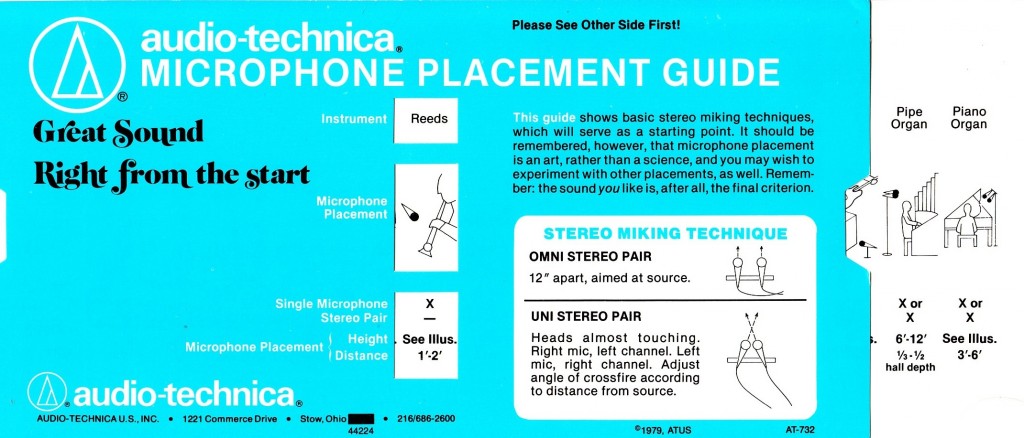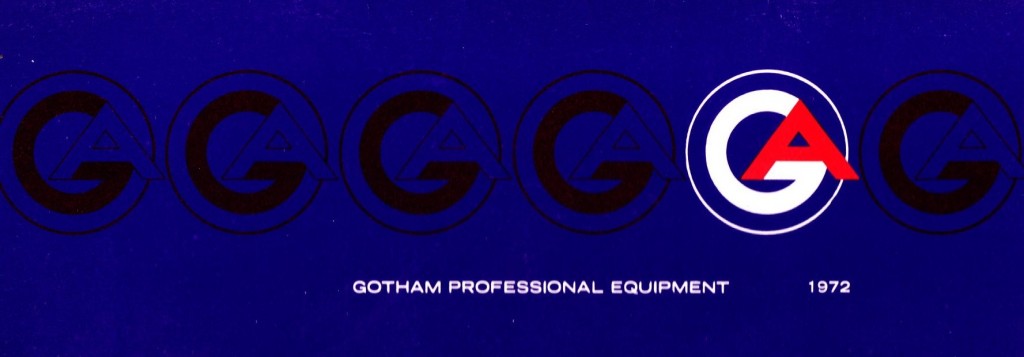 How are y’all doing today… got a pretty good one for you today, pretty good, pretty neat… the complete 30 page Gotham Audio catalog c. 1972.
How are y’all doing today… got a pretty good one for you today, pretty good, pretty neat… the complete 30 page Gotham Audio catalog c. 1972.
DOWNLOAD: GothamAudio_1972_cat
This lil document makes for a fascinating look at the true high-high-end of audio circa 1972, forty long years ago. Products featured include: Gotham Delta-T signal delay model 101, Neumann U-87, KM-86, KM-84, KM-85, KM-83, SM-69FET, KM-88, and KMS085 microphones; Gotham/Neumann custom consoles, Neumann VMS-70 Lathe, SP-71s and MT-70s Transfer system, TS-66 tracing simulator, SX-68 stereo cutterhead, and VG-66s drive system; EMT 140-TS plate reverb, Stellavox Sp7 tape recorder, Studer A-80 multitrack, Studio 089 and 189 consoles, Studer B062 tape machine, EMT-156 PDM compressor, EMT-256 compressor module, EMT-930st turntable, Gotham model OY powered monitors, plus a variety of tech equipment.
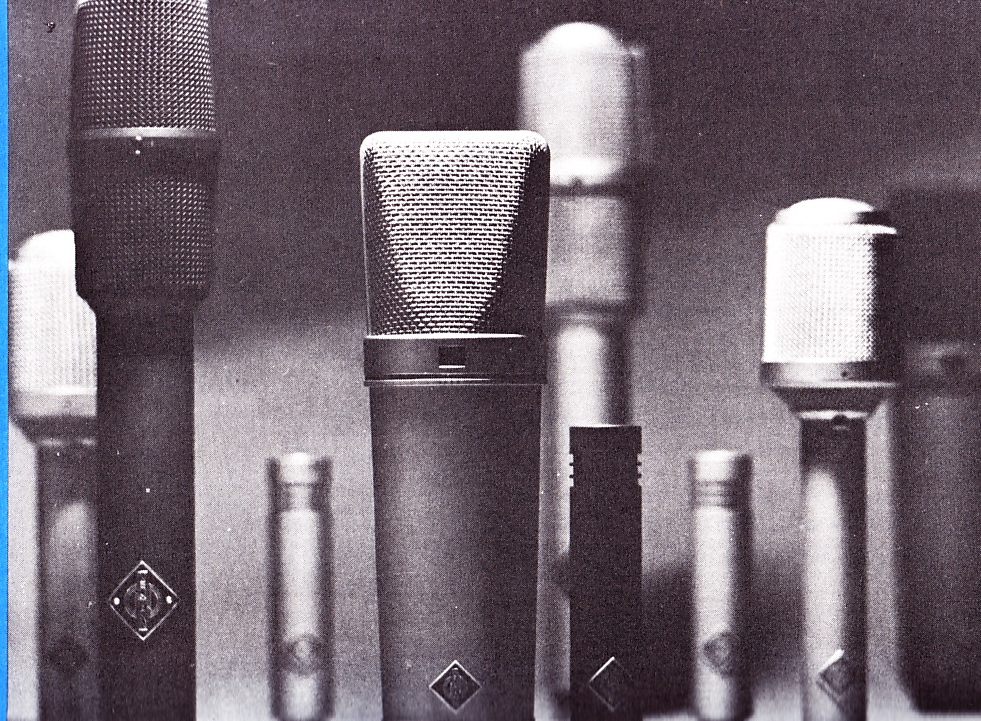
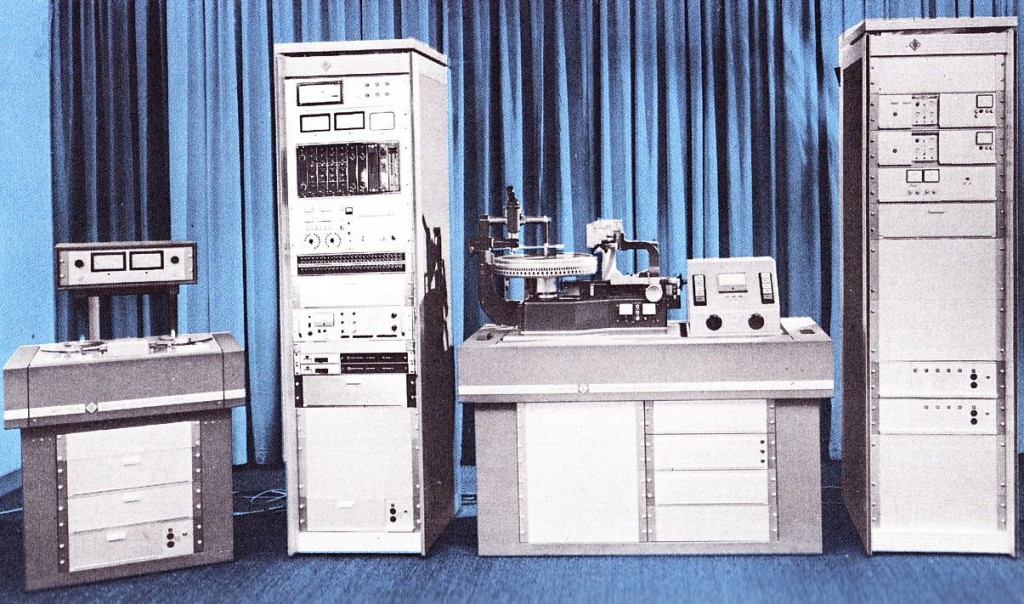
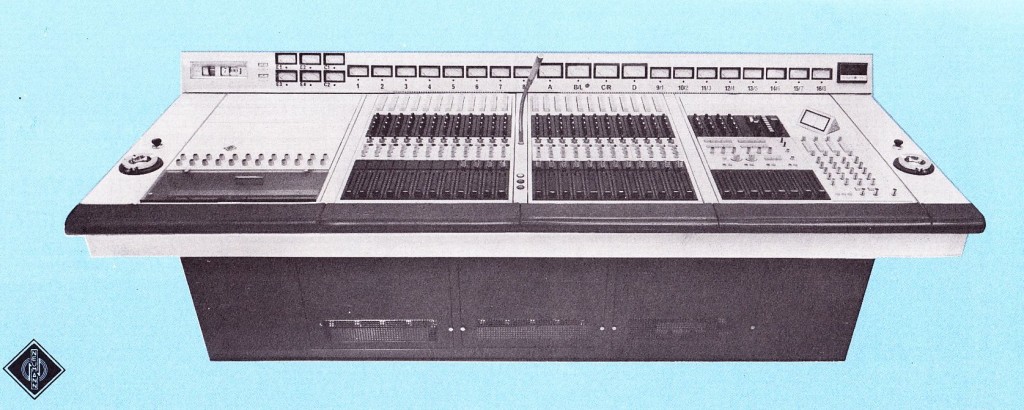 Above: the Neumann Console c. 1972; either end was fitted with both an ashtray and an electric cigarette lighter manufactured by the Rolls Royce company.
Above: the Neumann Console c. 1972; either end was fitted with both an ashtray and an electric cigarette lighter manufactured by the Rolls Royce company.
Good lord talk about ‘serious studio infrastructure.’ But for real. The kinda odd thing is that if you forget about the editing ability and convenience (and the huge range of aesthetic possibilities that this opens open) of the DAW revolution that began with digital audio around 1980… reproduced sound quality itself hasn’t really improved very much since this super-high-end kit was made in 1972. Sure its gotten a lot a lot a lot cheaper and a lot easier, but at least at this VERY high end, the basic ability of this gear to record, modify, and playback sound is pretty damn near what we expect from modern studio equipment. Well, the lathes aside. There are obvious limits to LP playback, regardless of how ‘charming’ we may find ‘that sound.’ I for one do not regret the CD. Now MP3s, on the other hand, I could have done without.
But getting back to the fact that this super-hi-end 40-yo kit still impresses: Does audio only ‘need’ to be ‘so-good’? I, for one, am NEVER motivated to set the clock at 96k and record that way; frankly, I am not sure I can tell the difference at the end of the process, once all is mixed and mastered. Are there still avenues of audio improvement to be made? What would need to change? Playback systems? Playback environments? Consumer expectations?
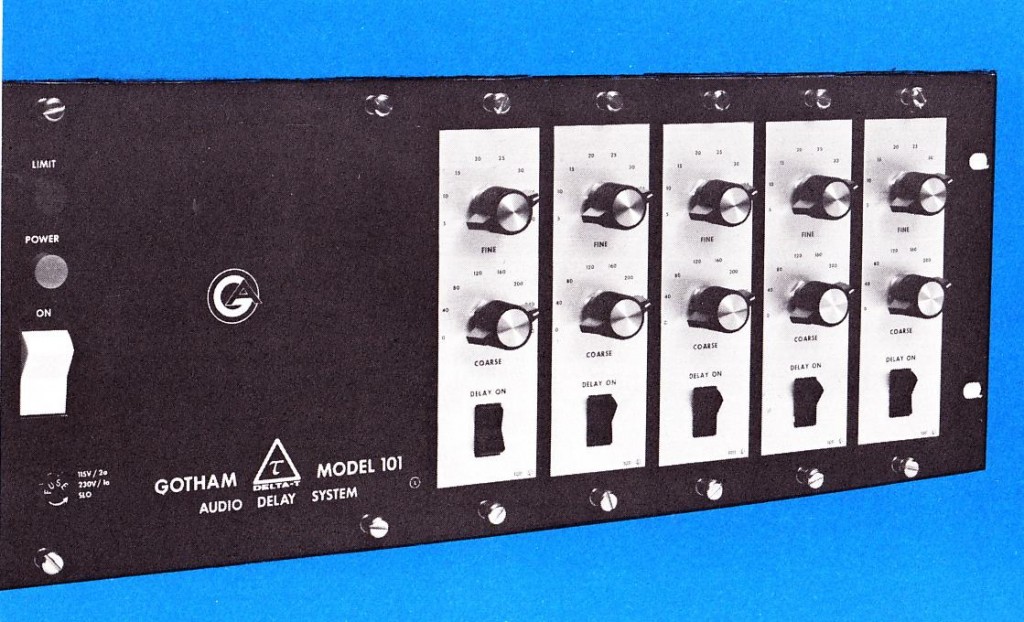
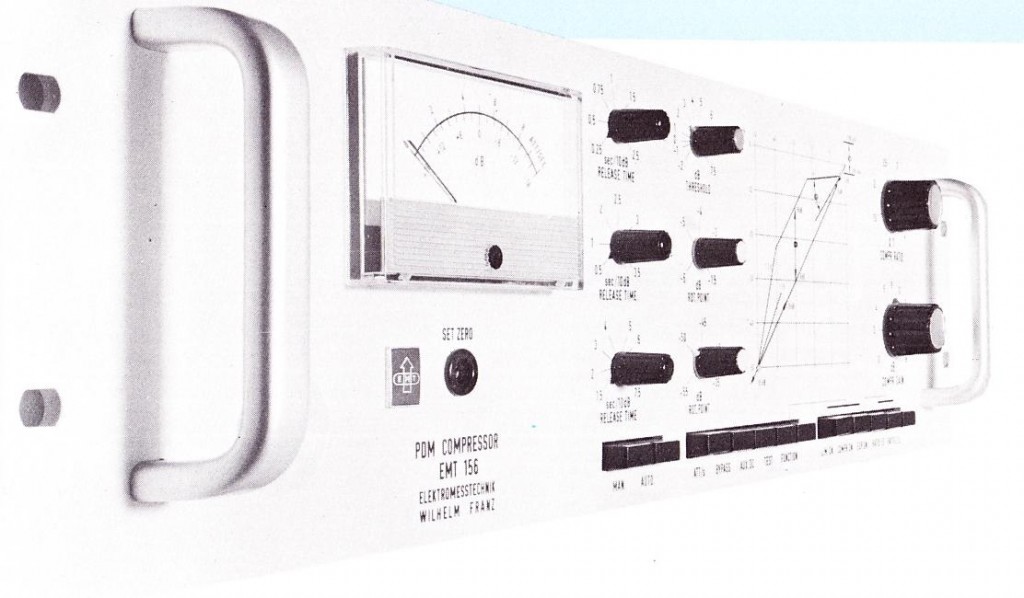
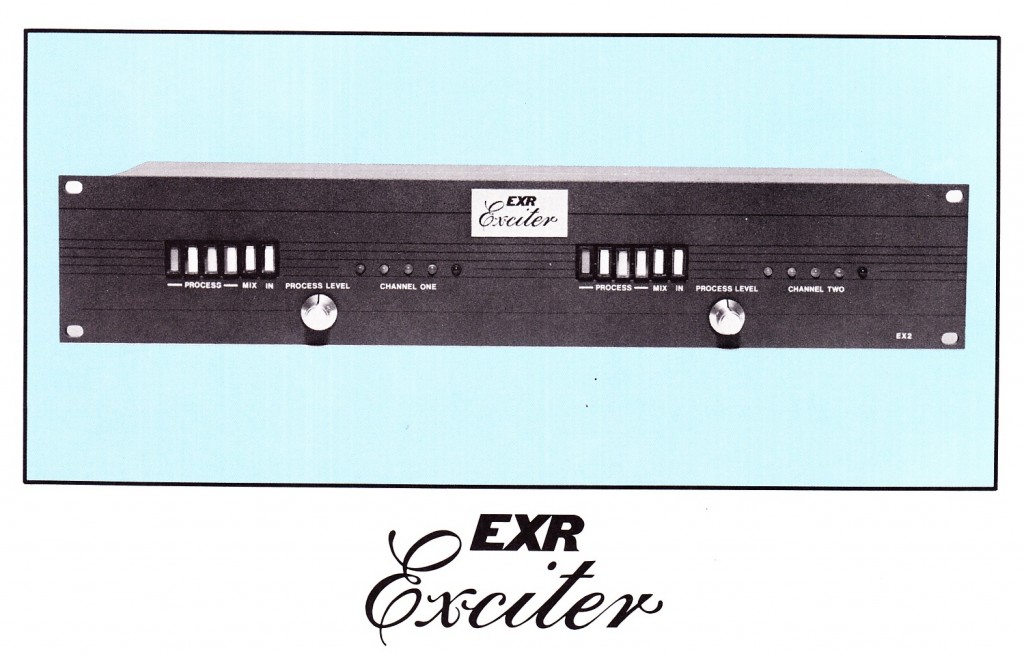 Download the original 4-page catalog for the EXR Exciter circa 1979:
Download the original 4-page catalog for the EXR Exciter circa 1979: